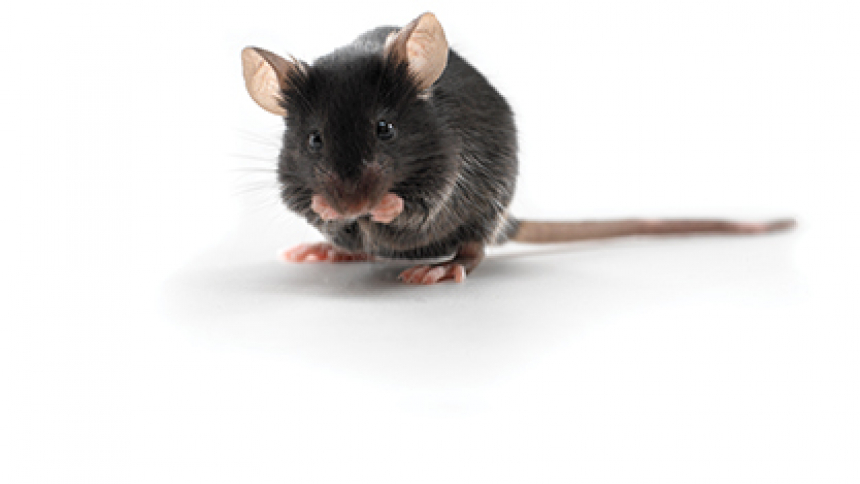Recent research on parasite interstrain competition within a host demonstrates competition between strains is a driver of the evolution of virulence, antigenic diversity, and drug resistance. The prospect of using interstrain competition as a way to control parasite populations is exciting, yet we currently lack understanding about how within-host environmental conditions impact parasite strains individually and together. A study done by CIDD and PSU entomology researchers Nina Wale, Derek Sims, and Andrew Read explores nutrient-mediated competition between malaria parasite (Plasmodium chabaudi) strains in mice; this study is the first experimental demonstration that resource availability in vivo determines P. chabaudi dynamics. Performing parasite regulation in vivo, paired with other control measures, may provide a vital step in managing malaria, which infects >200 million people globally each year.
Para-aminobenzoic acid (pABA) limits numerous Plasmodium spp. growth rates; Wale, Sims, and Read investigated the impact of pABA on two genetically distinct P. chabaudi strains: AJ (drug susceptible) and ASpyr (drug resistant). AJ is a superior competitor to ASpyr, whereby AJ strongly suppresses ASpyr yet ASpyr has almost no effect on AJ. Four levels of pABA treatments (high, medium, low, none) were given to mice via drinking water and mice were then infected with P. chabaudi; infections were monitored for 3–21 days. For mice treated with ASpyr alone, increasing concentrations of pABA increased P. chabaudi growth rates and parasite load within the host. Coinfected strains experienced ASpyr suppression regardless of pABA level, yet the dynamics of the ASpyr infection varied. For example, in the unsupplemented treatment, ASpyr reached its peak sooner with a smaller magnitude than pABA treatments. The highest pABA dose treatments experienced higher competition in the initial phase of infection. In general, as the dose of pABA supplementation increased, the time until ASpyr exclusion decreased. Further, pABA supplementation increased disease severity in both ASpyr infected and coinfected mice. Again, pABA altered the dynamics of the disease in that symptoms increased in the initial phase of the infection, and red blood cell recovery was slower.
Wale, Sims, and Read conclude that pABA promotes ASpyr growth by increasing the number of offspring each parasite produces. However, coinfected mice did not display increased AJ parasite density even though competitive dynamics changed. It is interesting that an increase in a limiting resource increased competition among strains in vivo as opposed to lessening competition. A high dose of pABA may have released the ASpyr population, allowing ASpyr and AJ to compete directly in other ways. This novel experiment broadens our understanding of infection dynamics, especially by demonstrating resource availability plays a role beyond immune response under certain conditions.
Synopsis by Ellen Brandell
Image Caption: The lab mouse (c57bl) used in this study.
Publication Details
Nina Wale, Derek G. Sim, Andrew F. Read
A nutrient mediates intraspecific competition between rodent malaria parasites in vivo
Journal: Proceedings of the Royal Society B
DOI Reference




